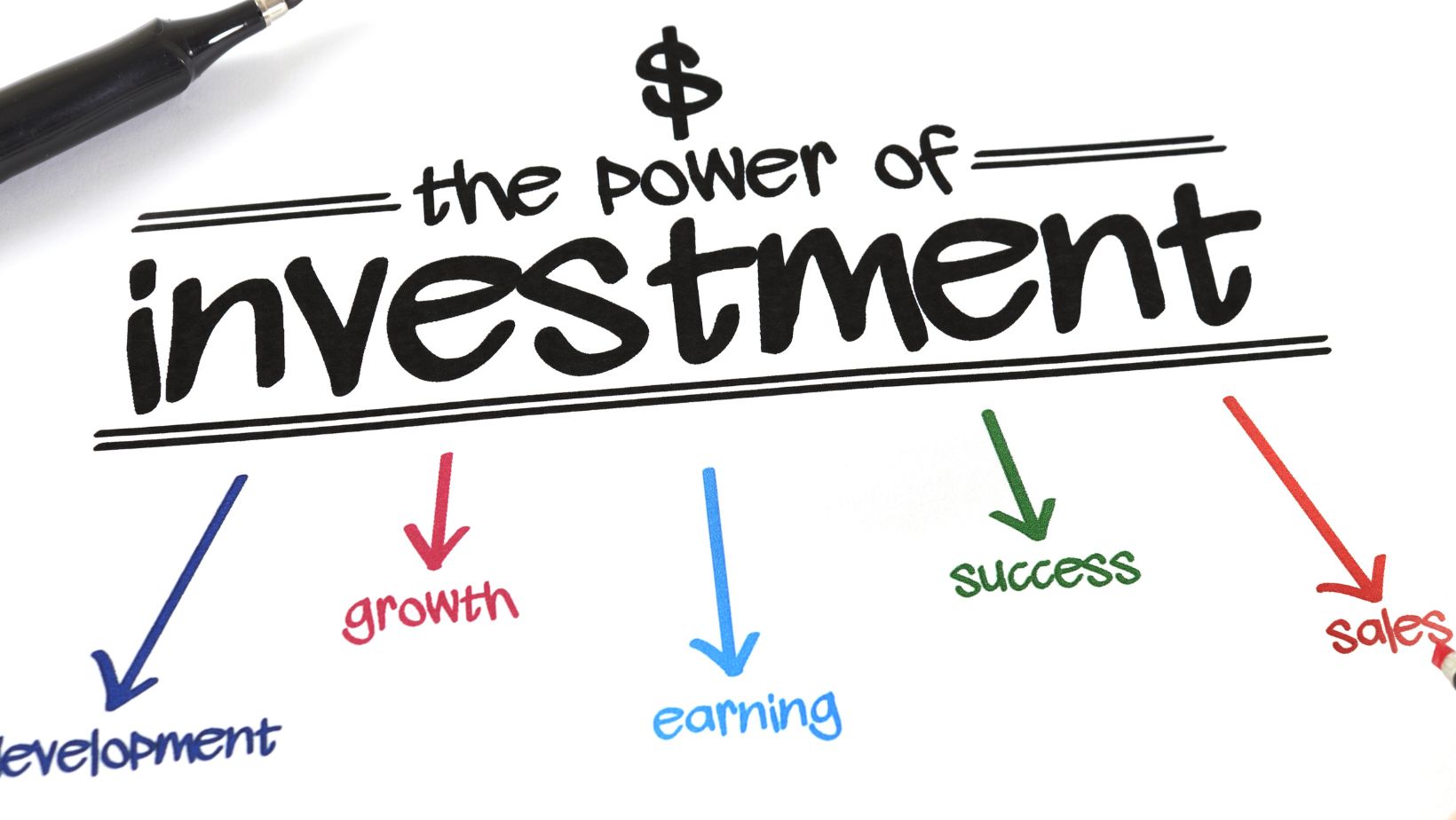Investing is a crucial part of wealth-building, and whether you’re a seasoned investor or just beginning to explore the world of stocks, bonds, or real estate, understanding how to evaluate potential investments is vital. One of the most respected and widely used methods for investment valuation is Discounted Cash Flow (DCF) valuation.
What is Discounted Cash Flow Valuation?
At its core, Discounted Cash Flow valuation is a method used to estimate the value of an investment based on its expected future cash flows. The technique discounts these future cash flows to present value using a required rate of return. This approach is particularly effective in determining the intrinsic value of a business, a real estate property, or any investment that generates cash flows over time.
The fundamental concept of DCF valuation is that money today is worth more than the same amount of money in the future. This principle, known as the time value of money, is crucial for determining the true worth of an investment.
The Importance of Cash Flow in Investments
Investors aim to make sure that their capital generates returns. Cash flow—representing the money a company, project, or asset generates over time—is central to assessing its financial health and growth potential. When evaluating an investment, whether it’s a business or real estate, the focus should be on how much money it will generate in the future. The Discounted Cash Flow valuation method allows investors to forecast these future cash flows and determine whether an investment is worth the price being asked today.
The DCF valuation method considers not only future earnings but also the timing and risk associated with those earnings. This makes it a more accurate tool for valuing investments than methods like price-to-earnings ratios or market comparables.
How Discounted Cash Flow Valuation Works
To understand how Discounted Cash Flow valuation works, let’s break it down into its key components:
- Forecasting Future Cash Flows: The first step in a DCF valuation is estimating the future cash flows of an investment. These forecasts are typically made for a certain number of years based on historical data, industry trends, or management projections. In a business, cash flow generally refers to the net income adjusted for non-cash expenses such as depreciation, and changes in working capital.
- Choosing a Discount Rate: Once the future cash flows have been projected, the next step is selecting an appropriate discount rate. This rate reflects the time value of money and the risk associated with the investment. The most commonly used discount rate is the weighted average cost of capital (WACC), which factors in the costs of both equity and debt financing.
- Discounting the Cash Flows: The projected cash flows are then discounted to their present value. This is done by applying the chosen discount rate to the future cash flows, taking into account that future money is worth less than money in hand today.
- Summing the Discounted Cash Flows: Once all the future cash flows have been discounted to present value, the final step is to add them up to determine the total present value of the investment. This represents the intrinsic value of the investment according to the Discounted Cash Flow valuation method.
- Comparing to the Market Price: The final step in DCF valuation is comparing the intrinsic value (calculated using DCF) to the current market price of the investment. If the intrinsic value is higher than the market price, the investment might be undervalued, presenting a potential buying opportunity. Conversely, if the intrinsic value is lower than the market price, the investment could be overpriced.
Why Discounted Cash Flow Valuation Stands Out
The Discounted Cash Flow valuation method stands out from other valuation techniques for several reasons. Let’s explore these in detail:
- Focuses on Cash Flow, Not Profits
Unlike other valuation methods that focus on profits, Discounted Cash Flow valuation emphasizes cash flow. Profits can be manipulated through accounting practices, but cash flow is more difficult to manipulate. By focusing on cash flow, DCF gives investors a clearer picture of the financial health of an investment.
- Incorporates Time Value of Money
The discounted Cash Flow valuation method accounts for the time value of money, a crucial concept in finance. Simply put, money today is worth more than the same amount of money in the future because you can invest it today to earn a return.
Many other valuation methods overlook this, which can lead to inaccurate or misleading conclusions.
- Customizable to Different Scenarios
Another significant advantage of discounted Cash Flow valuation is its flexibility. By adjusting the future cash flow projections and the discount rate, investors can model different scenarios, such as best-case or worst-case outcomes. This provides a more comprehensive understanding of how an investment might perform under various conditions.
- Provides a Long-Term View
Unlike some other valuation methods that focus on short-term metrics, DCF takes a long-term view. Investors interested in understanding the true value of an investment over several years or decades will find discounted Cash Flow valuation especially useful. It allows investors to assess how an investment may perform in the future, giving them a better picture of its long-term potential.
- Helps Identify Undervalued or Overvalued Investments
By comparing the intrinsic value (calculated using DCF valuation) to the market price, investors can determine whether an investment is undervalued or overvalued. This is particularly helpful for value investors who seek to buy investments at a price lower than their intrinsic value and sell them at a higher value. It also helps investors avoid overpaying for assets by determining whether the current market price accurately reflects the investment’s true worth.
The Role of DCF in Different Investment Strategies
While Discounted Cash Flow valuation is widely used in equity analysis, it also plays an important role in various other investment strategies, including real estate investing, mergers and acquisitions (M&A), and private equity.
- Equity Analysis: In stock market investing, investors assess a company’s intrinsic value based on its ability to generate future cash flows. By forecasting future revenues, operating expenses, and capital expenditures, an investor can compare the company’s intrinsic value with its market price. This comparison helps determine whether the stock is undervalued or overvalued, offering insight into potential investment opportunities.
- Real Estate Investment: In real estate, the future cash flows of income-generating properties, such as rental properties, are estimated to assess their value. Investors forecast future rental income, operational expenses, and potential property appreciation, then apply a rate to calculate the present value of these expected cash flows. This process helps investors evaluate whether a property is a worthwhile investment relative to its cost. This method is often used alongside other valuation approaches, such as capitalization rates or comparable sales, to provide a more complete picture of a property’s value.
- Mergers and Acquisitions (M&A): In mergers and acquisitions, assessing the future cash flows of a target company is crucial in determining its value. The acquiring company estimates the target’s future cash flows and compares them with the acquisition price to assess the financial benefits of the deal. This method is commonly used alongside other approaches, such as precedent transactions or market comparables, to get a well-rounded view of the target’s value.
- Private Equity: Private equity investors assess whether a company’s projected cash flows justify an investment by forecasting future growth, operating margins, and cash flow potential. This helps them determine whether the investment will generate sufficient returns. Private equity firms also consider factors like the company’s exit strategy or potential for operational improvements, incorporating these elements into their overall evaluation.
Common Mistakes to Avoid in Discounted Cash Flow Valuation
While discounted Cash Flow valuation is a powerful and widely-used tool, it’s important to avoid common mistakes that can lead to inaccurate valuations:
- Overestimating Future Cash Flows: One of the biggest mistakes investors make when performing DCF valuation is overestimating future cash flows. While optimism is crucial, overly optimistic projections can result in an inflated investment value.
It’s essential to make forecasts based on realistic assumptions rather than speculative projections.

- Choosing an Inappropriate Discount Rate: The discount rate used in discounted Cash Flow valuation has a significant impact on the result. An inappropriate discount rate can skew the valuation. For instance, a startup should have a higher discount rate than a well-established, stable company because the startup’s future cash flows are riskier.
- Neglecting Sensitivity Analysis: Sensitivity analysis is essential when performing DCF valuation. By varying assumptions like cash flows and discount rates, investors can see how changes in these factors affect the valuation outcome. Failing to perform sensitivity analysis can lead to an overly optimistic or pessimistic view of an investment.
Conclusion
Discounted Cash Flow valuation is one of the most valuable and widely-used methods for evaluating investments. By focusing on cash flow and incorporating the time value of money, DCF provides a clearer and more accurate assessment of an investment’s true value. It stands out because of its flexibility, long-term perspective, and ability to identify undervalued or overvalued assets. Whether you’re assessing stocks, real estate, or private equity, DCF valuation can guide your investment decisions.
While it requires careful analysis and accurate forecasting, the Discounted Cash Flow valuation method is an essential tool for making informed, data-driven investment decisions. With its ability to adapt to different scenarios and provide a comprehensive view of an investment’s potential, DCF remains one of the most reliable and effective methods for valuation.

















